WP1 – Multi-actor transdisciplinary coordination
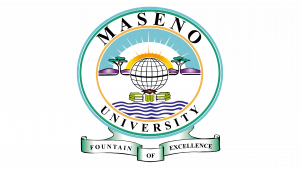
D1.1 Report on identity and structure of Multi-actor Communities of practice formed in each study country and their links to existing projects, platforms and networks
D1.2 Final proceedings on all regional and national multi-actor workshops held in the study countries
D1.3 Strategic plan for multi-actor knowledge sharing and capacity-building within MACs
D1.5 Report on guidelines and advice on best (transdisciplinary) multi-actor practices for future transformative research and innovation efforts
This work package focuses on coordinating with ongoing projects and platforms on sustainable intensification in Africa, forming multi-actor communities (MACs) for effective collaboration, and strengthening links between research, farmers, policymakers, and extension stakeholders. It also aims to build advocacy networks for supportive policy environments to promote push-pull technology adoption and identify best practices for transformative research that advances sustainable intensification.
WP2 – Farm, landscape and regional-scale determinants of push-pull success
This work package aims to establish a socioeconomic baseline for target communities, define indicators to monitor project effectiveness, and develop maps to select field sites for experimental tasks. It includes empirical assessments of how soil fertility, landscape context, and climate influence pest control and ecosystem functions in push-pull and monocrop systems, as well as mapping food webs to identify key predators and assess resilience to environmental changes.
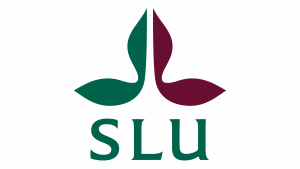
D2.2 Report on how soil fertility, landscape structure and climatic region determines the efficacy of current push-pull
D2.3 Report on key natural enemies for stemborer and fall army worm control
D2.4 Report on redundancy and climate resilience in food webs
WP3 – Functional mapping for mechanistic prediction
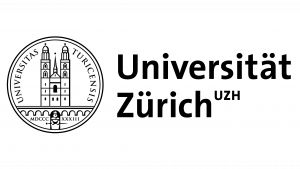
D3.2 Catalogue of associations between push-pull factors and arthropods, outcomes (yield)
D3.3 Final functional field maps
This work package focuses on analyzing the distribution of known and candidate push and pull factors in and around push-pull fields compared to conventional fields. It aims to identify which factors have push or pull effects on pests and their natural enemies, understand their relationship with pest and predator distributions, and assess their connection to plant damage and yield. The findings will be synthesized into “activity maps” that depict these relationships.
WP4 – Social-ecological impacts of enhancing push-pull intensification across scales
This work package focuses on anticipating the social-ecological impacts of upscaling push-pull intensification, identifying feedback loops, trade-offs, synergies, and thresholds from field to regional scales, and gaining predictive knowledge on the safest long-term approaches to maximize the benefits of push-pull technology.
D4.1 Report on impacts of upscaling push-pull on agricultural effectiveness in push-pull and monocrop cereal
D4.2 Report on the impacts of push-pull on ecological spill-over outside crops
D4.4 Report on socio-economic, value chain and governance impacts of upscaling push-pull
D4.5 Report on anticipated social-ecological feedback loops and their impacts when upscaling push-pull


WP5 – Push-pull across space and time: knowledge synthesis for targeting upscaling under a changing climate
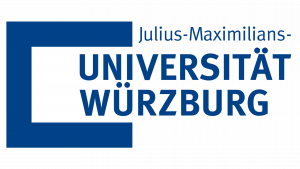
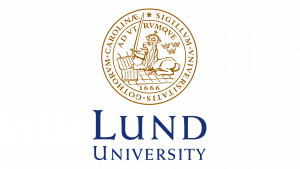
This work package aims to geovisualize empirical and modeling results alongside biophysical, climatic, social, and farming system data as an online resource for upscaling. It identifies target regions where push-pull systems are likely to remain effective under future climate scenarios and assesses the combined impacts of climate change and sustainable intensification strategies on socio-ecological systems, including climate resilience at multiple scales.
D5.2 Interactive online map for geovisualisation of the effectiveness of push-pull in different biophysical, climatic, land use, farming system and socioeconomic conditions
D5.4 Scientific assessment of the resilience of push-pull vs. non push-pull systems across East Africa under different future climate conditions
D5.5 Participatory assessment of sustainable intensification strategies under climate change using socio-ecological models for contrasting regions of East Africa
WP6 – Co-constructing transdisciplinary push-pull expansion pathways and assessing their socioeconomic impacts
This work package synthesizes the state-of-the-art performance of push-pull technology and explores its integration with other crops and systems. It maps relevant actors, assesses needs for expansion, and establishes push-pull in new crop systems beyond cereals while intensifying existing systems with high-value intercrops. The effectiveness of push-pull is evaluated under various sustainable intensification pathways, such as integrated water and soil fertility management, pest management, and organic farming. It aims to merge the benefits of push-pull with other sustainable practices, scale its application beyond smallholder agriculture, and assess its socioeconomic impact on the livelihoods of men, women, and youth farmers.
D6.1 Synthetic review of the options for expansion of push-pull and integration with other crops and practices
D6.2 Meta-analysis of push-pull performance across East African regions and its measured benefits
D6.4 Proof of principle (results of factorial experiments) for new push-pull crop systems including socioeconomic and market impact assessment
D6.5 Report on multi-actor integration of cereal push-pull with high-value crops including socioeconomic and market impact assessment
D6.6 Report on the effectiveness of push-pull under different sustainable intensification practices including socioeconomic and market impact assessment
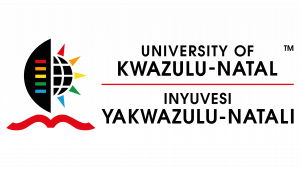


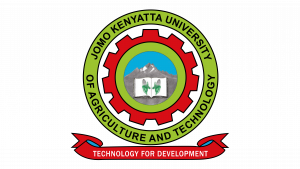
WP7 – Barriers to push-pull adoption and opportunities for improvement
This work package identifies socioeconomic and policy barriers to adopting push-pull technology and proposes mitigation strategies for men, women, and youth farmers. It aims to enhance value chain integration through transdisciplinary, multi-actor collaboration in knowledge exchange, infrastructure development, and policy support. Additionally, it develops policy guidelines to promote the adoption of push-pull innovations and strengthen value chain integration.
D7.1 Gender-based report on socioeconomic and policy barriers to push-pull adoption and possible strategies of addressing them
D7.2 Report on push-pull integration in the value chain through transdisciplinary multi-actor involvement
D7.3 Policy guidelines on strategies to enhance adoption of push-pull technologies across the value chain
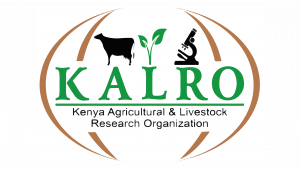
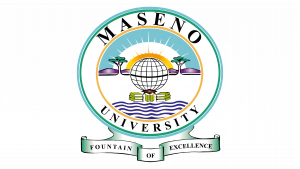
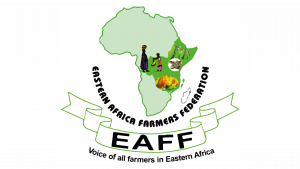
WP8 – Exploit, disseminate and communicate push-pull innovation in East Africa and beyond
This work package focuses on developing and implementing a communication and dissemination plan with specific goals and timelines for targeted stakeholders, particularly farmers. It includes producing tailored documentation and materials, establishing a multi-actor Knowledge Exchange Hub for effective dissemination and feedback, and adapting the e-Granary platform to support farmers in accessing input and output markets. Additionally, it implements dissemination and promotional activities to facilitate the exploitation of project results and establishes an Exploitation and IPR strategy to ensure post-project sustainability.
D8.4 First batch of practice abstracts
D8.5 Second batch of practice abstracts
D8.6 The UPSCALE website (M3) transferred into Knowledge Exchange Hub – architecture and services
D8.7 Updated Knowledge Exchange Hub – architecture and services
D8.8 Smartphone app adapted for push-pull capacity-building, environmental impact monitoring and networking of farmers across borders
D8.9 The UPSCALE promotion Events and Stakeholder Engagement
D8.10 Updated report on UPSCALE promotion Events and Stakeholder Engagement
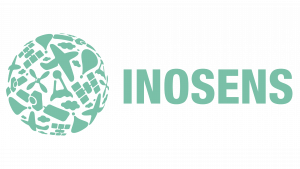


WP9 – Project management and coordination

This work package ensures the correct implementation of proposed activities and oversees day-to-day project management. It fosters effective communication within the consortium, organizes internal meetings, and ensures the organizational structure and decision-making processes are followed. Responsibilities include scientific and administrative coordination, addressing grant, financial, legal, and reporting matters, as well as supporting partners in managing cultural and scientific challenges through conflict resolution. It leads the Steering Committee, ensures efficient data management for research accessibility, and handles risk assessment and management to safeguard project outcomes.
D9.3 Data Management Plan
D9.4 Updated Data Management Plan
WP10 – Ethics requirements
The objective is to ensure compliance with the ‘ethics requirements’ set out in this work package.

